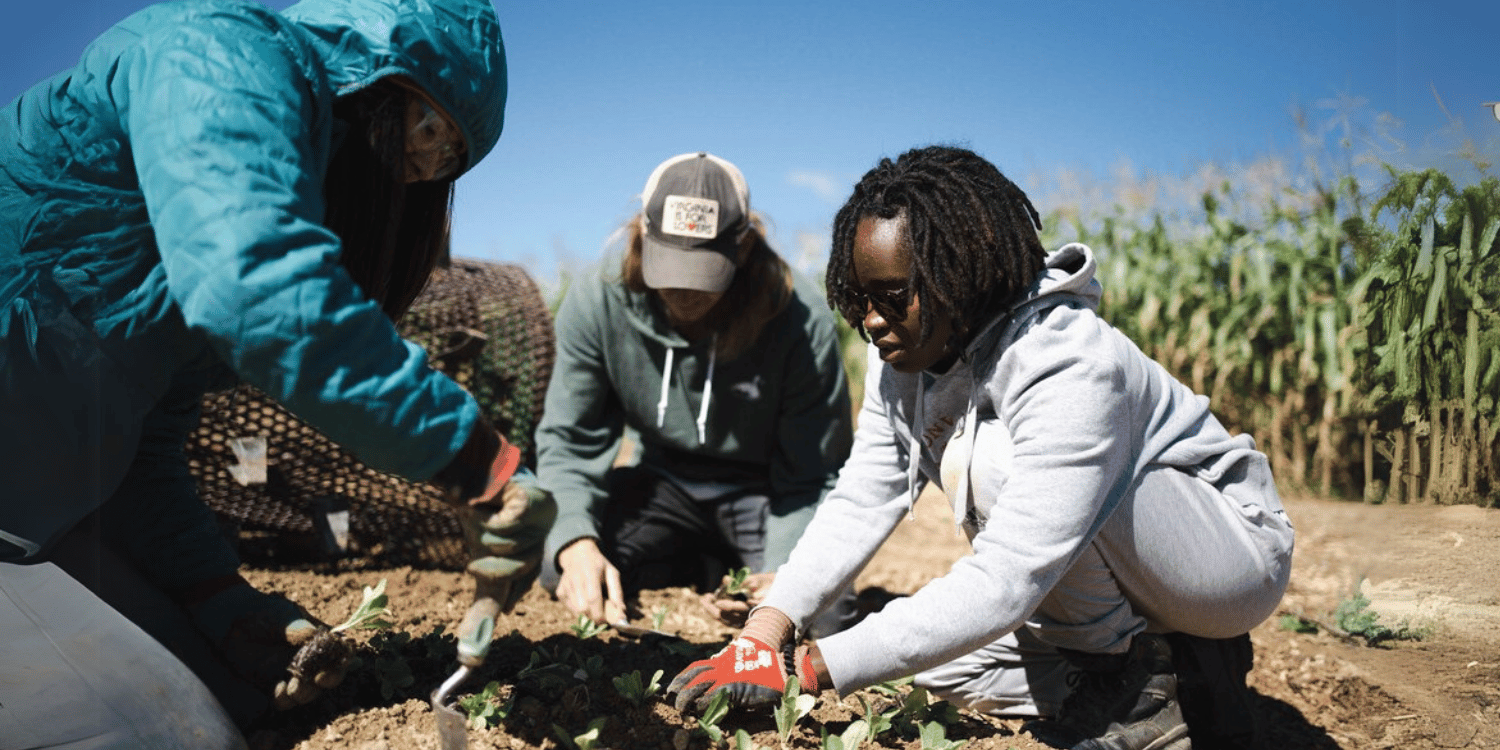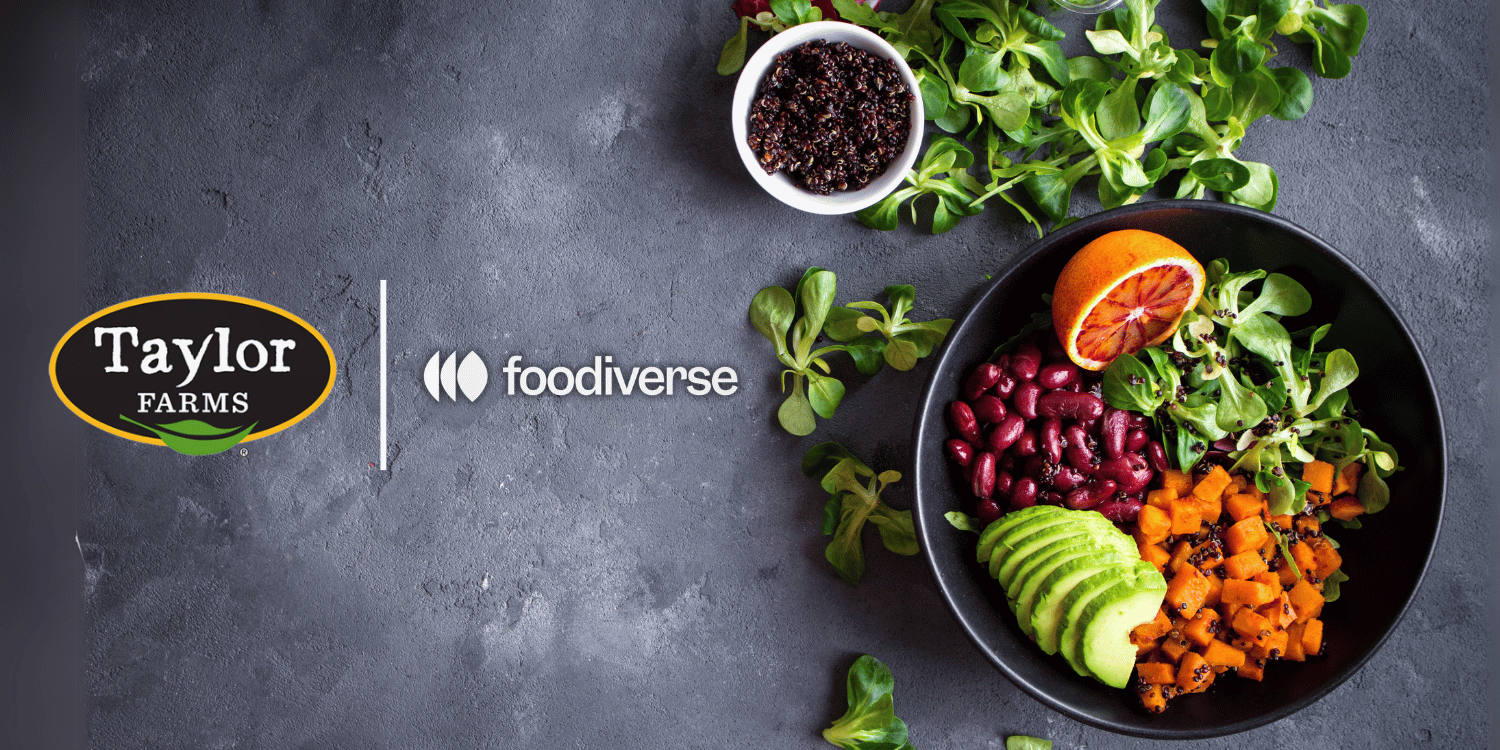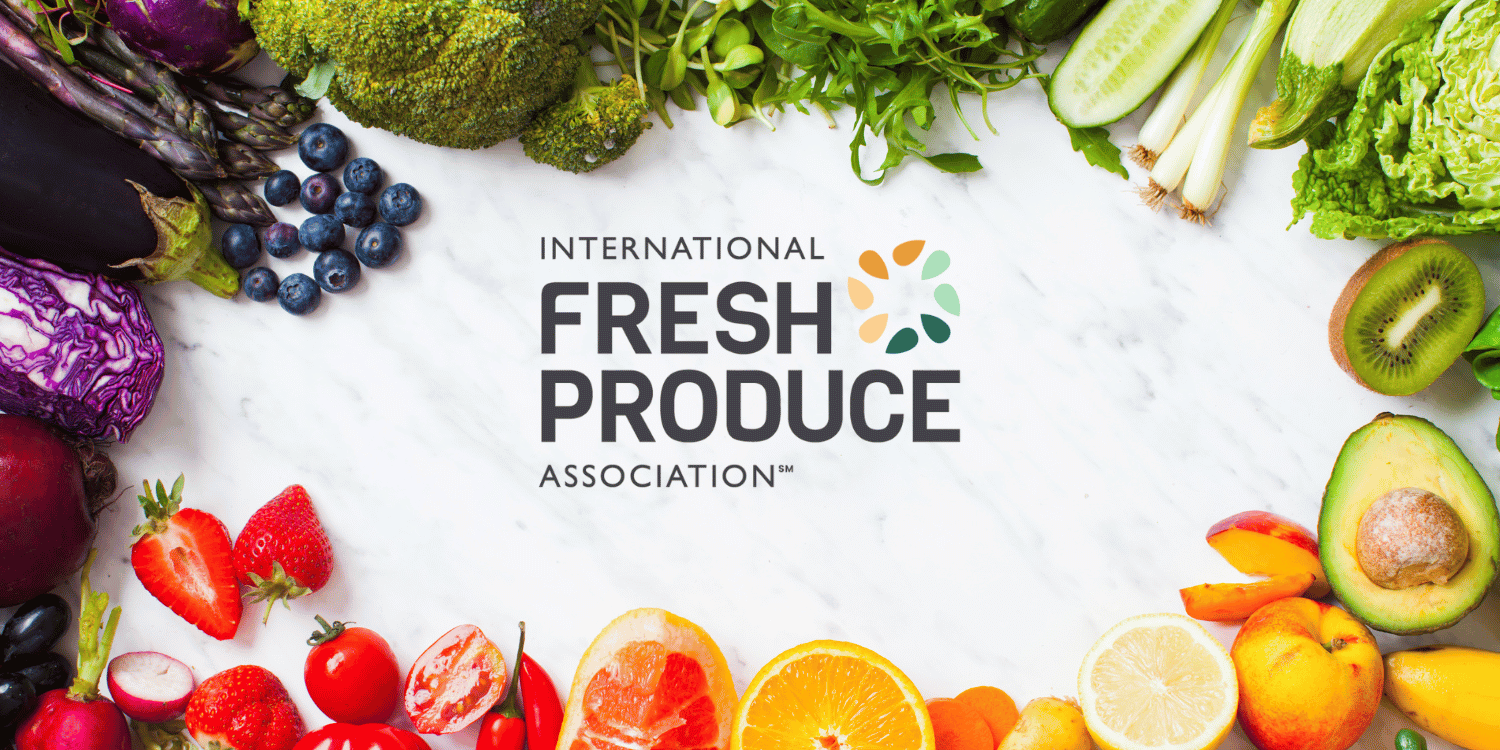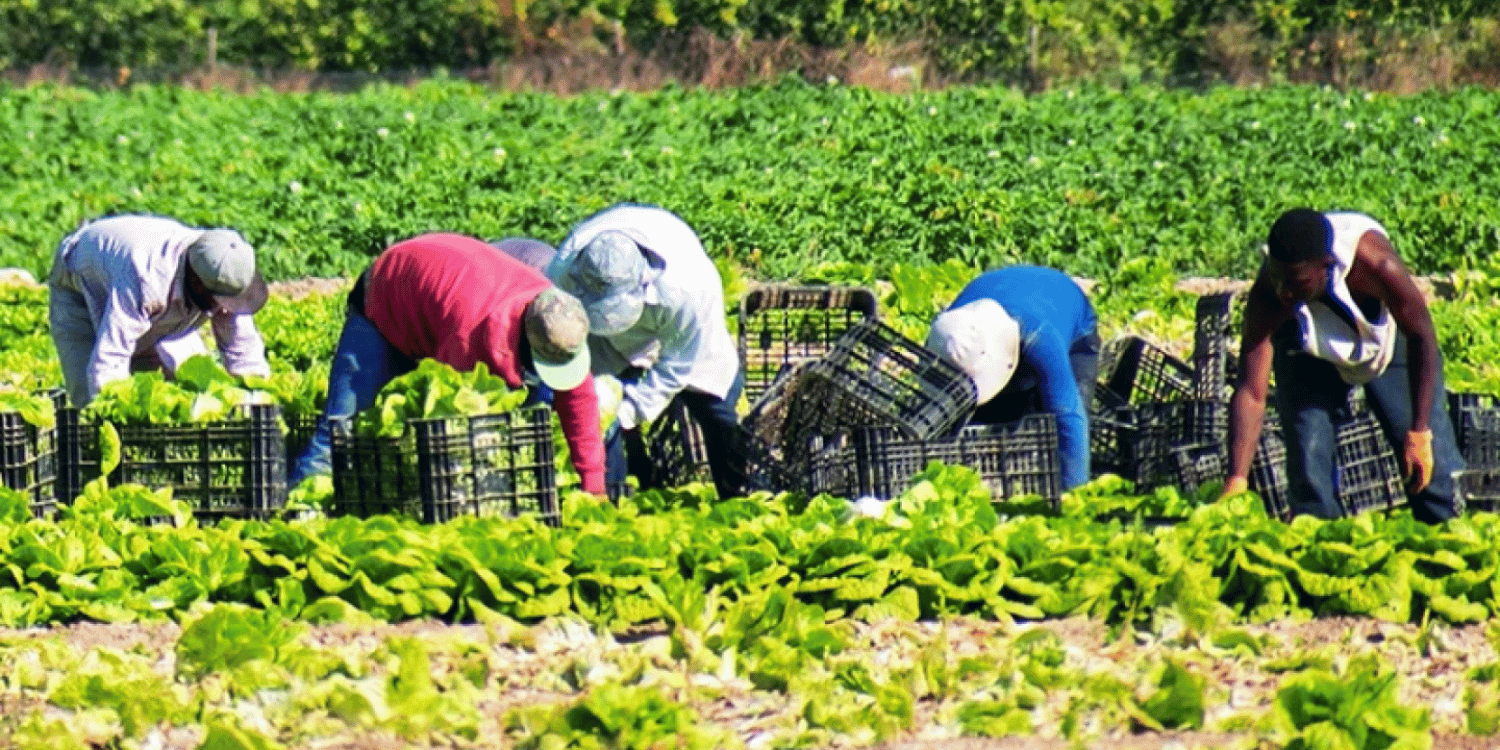Preserving the freshness of produce is a challenge faced by individuals and businesses alike.
An effective storage solution can be a game-changer in this scenario.
The key lies in understanding the specific needs of different types of vegetables and fruits.
Here we dig in into the scientific aspects of food preservation and storage.
We will explore various methods and their efficacy in maintaining the nutritional value and freshness of produce.
Stay with us as we unpack these important tips to help reduce waste and maximize the shelf-life of your favorite fruits and vegetables.
- Use vegetable storage bags for refrigerating your produce.
- Ensure storage areas are clean, cool, and dry.
- Avoid washing produce until it’s time to use them.
- Keep fruits and vegetables stored separately.
- Airtight containers are perfect for storing cut produce.
In the following sections, we will explore additional dimensions to optimizing your harvest’s longevity, going beyond just proper storage.
You’ll gain valuable insights on the specific storage needs of different types of produce and common mistakes to avoid that can hasten spoilage.
Knowledge like this empowers you to make the most out of your produce purchases or garden harvest, reducing food waste and saving money.
Stay with us as we look more deeply into this worthwhile subject.
Contents
Produce Storage Solutions For Preserving Freshness
1. Use Vegetable Storage Bags for Refrigeration
In Short: Vegetable storage bags are an effective method for preserving the freshness and flavor of fruits and vegetables, designed to regulate humidity and air flow, and prevent moisture accumulation which leads to spoilage. They are reusable, come with a zip-lock seal, often semi-transparent, and can be used for both refrigerated and room-temperature storage, although you must ensure your produce is clean and fresh before storage and not all produce is suitable for refrigeration.
One of the most effective methods for preserving the freshness of produce is using vegetable storage bags for refrigeration.
Veggie bags are specifically engineered to maintain an optimal environment for your fruits and vegetables, preserving their freshness for extended periods compared to ordinary bags.
The manufacturing design behind these inventive storage solutions strikes a delicate balance between retaining humidity and permitting a flow of air.
Too much humidity results in the formation of mold and other undesirable plant diseases whilst too little air circulation, on the other hand, leads to wilting and loss of intensity in taste.
Therefore, vegetable storage bags are designed to regulate these elements that are crucial to keeping your produce fresh, crunchy and flavorful.
You may have noticed that vegetables stored in ordinary bags often accumulate a pool of water at the bottom after a while. This is because standard plastic bags lack the ability to allow proper evaporation of moisture.
When left unchecked, the excess water hastens the process of spoilage and decreases the longevity of your beloved vegetables. On the contrary, the clever design of veggie bags addresses this issue by allowing moisture to evaporate thereby preventing spoiling.
Let’s look at some of the key features vegetable storage bags have that help prolong the freshness of your produce:
- These smart storage solutions are often reusable, which means they are not only cost-efficient but also environmentally-friendly.
- They come with an easy-to-use zip-lock seal that keeps air exposure at a minimum and retains freshness effectively.
- Vegetable storage bags are often transparent or semi-transparent, allowing you to easily check on the condition of your stored produce without having to opening the bag.
Also, it’s worth noting that these bags aren’t just used for refrigeration. They can be used for room-temperature storage as well, meaning you can use them to store items that do not necessarily need refrigeration.
While vegetable storage bags are an excellent solution to curbing spoilage, remember the effectivity of these bags largely rests upon proper use. The real utility of the bag is rendered useless if the produce stored in it is already dirty or overripe.
Therefore, ensure that the produce is clean and fresh before placing them in the storage bag and refrigerating. Also, do not overfill the bags; leave some room for air circulation within the bag.
These bags are indeed a great addition to your produce storage solutions. They’re effortlessly simple, eco-friendly, reusable, easy to clean and most importantly, highly effective in preserving the freshness and flavor of your fruit and vegetable.
Last but not least, while vegetable storage bags are universally beneficial, it’s crucial to remember that not all produce is meant to be refrigerated. As part of your efforts to preserve freshness, ensure you understand the specific needs of each type of produce you select and shop wisely.
2. Store in a clean, cool, dry area
In Short: Proper storage of fruits and vegetables in a clean, cool, and dry environment can extend their shelf life and improve flavor. It’s crucial to maintain cleanliness and the right temperature and humidity levels, customized to the needs of each produce, to prevent bacteria growth and excessive ripening, thus reducing food waste and preserving nutritional value.
Produce Storage Solutions for Preserving Freshness require a keen understanding of the optimal environment for storage. Keeping our fruits and vegetables in a clean, cool, and dry location can significantly improve their shelf-life and flavor.
It would be important to note that the principles of food safety dictate that our storage areas should always be clean. This prevents the introduction and multiplication of harmful bacteria that might degrade the quality of the produce or cause food-borne illnesses.
We must not underestimate the impact of cleanliness. Regular cleaning and maintenance of our storage spaces goes a long way in ensuring the freshness of our produce.
The next important element in storing produce is the temperature of the area. Most fruits and vegetables require cool temperatures to slow down the ripening process. Keeping your food cool helps retain the texture, flavor and nutritional value of produce for longer periods.
What most of us might not know is that high temperatures can actually cause excessive ripening and even spoilage. A focus on maintaining cool storage temperatures is crucial in preserving produce freshness.
Similarly, the humidity level of the storage area is of paramount importance. A generally dry area discourages the growth of mold and bacteria, therefore aid in maintaining the quality of fruits and vegetables.
However, not all produce requires a dry environment. Some fruits and vegetables thrive in a slightly moist climate. Therefore, it’s essential that we customize the storage environment based on the specific needs of each type of produce.
Isn’t it remarkable how some slight adjustments to our storage strategy can result in a pronounced difference in produce quality, and even contribute to food waste reduction?
The following list highlights some basic rules for storing fruits and vegetables:
- Clean the storage area regularly to avoid bacteria build-up
- Ensure the storage area is cool enough to slow down the ripening process
- Maintain a mostly dry area to prevent the growth of mold and fungus
- Customize the storage environment based on the specific needs of each type of produce
Innovation in technology has blessed us with advanced storage solutions like refrigerators and temperature-controlled containers, which we can leverage to regulate both the temperature and humidity levels of our food storage.
However, for our less fortunate brothers and sisters who might not have access to such amenities, storing produce in cool, shaded, well-ventilated places, far from direct sunlight or heat sources shall do the trick.
Irrespective of the storage conditions we are able to provide, our key goal should always be to maximize the freshness and brilliance of our produce.
Freshness is linked to nutrition, __and the fresher the fruits and vegetables are, the more nutrition they possess. Thus, by ensuring optimum storage conditions, we are not just preserving flavor and aesthetics, but also the health benefits our produce provides.
In the end, good produce storage practices are integral not just for the sake of taste, but for the health and wellbeing of those we hold dear.
3. Don’t Wash Produce Until Ready to Use
In Short: Washing produce immediately after purchase can accelerate spoilage by fostering a moisture-rich environment for bacteria and mold, and by damaging their natural protective layers. To maintain freshness and increase shelf life, it is advised to wash fruits and vegetables just before use, with the exception of organic or home-grown produce, which should always be washed prior to consumption.
We often associate cleanliness with safety and health, leading us to immediately wash our produce once we bring them home. However, this common practice can actually do more harm than good when it comes to preserving the freshness of our fruits and vegetables.
Contrary to popular belief, washing produce before storing them can accelerate their spoilage. This is because moisture provides a conducive environment for bacteria and mold growth, both of which are major causes of food deterioration.
The act of washing can also damage the produce, either physically or by removing their natural protective coatings that help sustain their freshness.
Therefore, as a produce storage solution, it is recommended to refrain from washing your fruits and vegetables until you are ready to use them. This helps in prolonging their shelf life and maintaining their freshness.
However, let’s note a few essential considerations when implementing this advice:
- While the outer layer of produce may carry germs and bacteria, not washing them before storage does not mean these germs are left unchecked. They are generally dealt with during the cooking process as heat kills most bacteria.
- For fruits and vegetables that are eaten raw or uncooked, ensure you wash them thoroughly before consumption to remove potential pathogens.
- Organic produce or those grown in your own garden might not have the commercial wax coatings that protect against bacteria, therefore washing just before use remains critical in these cases.
In addition, there are several methods to properly wash your produce when the time comes to consume them. Firstly, you should wash them under cold, running water as opposed to soaking them. This is because running water has more force to remove potential contaminants compared to still water.
If your produce has a tough rind or peel, such as melons or cucumbers, consider using a clean vegetable brush to scrub the surface. Similarly, leafy greens can be swished around in a bowl of water and then dried with a salad spinner to remove any lingering dirt or bugs.
Pro Tip: To maximize the freshness and shelf life of your fruits and vegetables, refrain from washing them until you are ready to use.
As we all know, while it’s important to always consume clean and safe food, one key aspect of produce storage solutions is knowing when to wash your fruits and vegetables. By refraining from washing until necessary, you are taking an active step in preserving their freshness for longer periods.
Let me tell you, the next time you bring home a fresh haul of produce, remember, don’t rush to the sink. Instead, consider the advantages of waiting to wash that apple just before you eat it – it could make all the difference in its taste and freshness!
4. Store fruits and vegetables separately
In Short: Storing fruits and vegetables separately is essential for preserving freshness and reducing waste, particularly as many fruits emit ethylene gas which can accelerate ripening and deterioration in vegetables. Additionally, using dedicated storage containers and counter-top storage, and choosing produce in good condition, can prolong the shelf-life of your produce and save money.
To maintain the freshness and prolong the shelf-life of our produce, it is crucial to store fruits and vegetables separately. This approach not only preserves the taste and nutrition level of your farm-fresh items but also helps in reducing waste.
Most fruits, particularly ones like bananas, apples, and pears, emit ethylene gas. This naturally occurring gas is a plant hormone that triggers the ripening process. Vegetables are more sensitive to ethylene and will quickly ripen and deteriorate if exposed to the gas for an extended period.
It is also noteworthy that some fruits and vegetables require different storage conditions. Fruits may need to be stored in lower temperatures while some vegetables thrive better in room temperatures. When stored together, it becomes challenging to provide optimal conditions for both.
For instance, it might interest you to know that certain fruit and vegetable combinations should be avoided altogether. This idea would be better understood with the following list:
- Apples and Broccoli: The ethylene gas from apples can turn broccoli yellow and spoil it.
- Bananas and Greens: If you store bananas with salad greens, they may wilt sooner.
- Tomatoes and Cucumbers: Tomatoes should be kept at room temperature, while cucumbers need refrigeration.
That being said, segregating your fruits and vegetables can seem like a daunting task, especially when dealing with a large volume of produce. However, a little bit of organization can go a long way and it’s definitely worth the effort.
One compelling way you could do this is by using different storage containers or bags specifically designed to hold fruits and vegetables. These can help create a more organized pantry or fridge, reducing confusion and making it easier for you to track the freshness of your produce.
Alternately, you could designate different drawers or shelves in your refrigerator for fruits and vegetables. Just remember to keep track of what is stored where, and make sure to consume your produce before it goes bad.
Don’t forget about counter-top storage too. Some fruits like bananas, oranges, and tomatoes can be stored outside the fridge. Placing fruits in a basket separately from vegetables can preserve their freshness while adding a lovely aesthetic appeal to your kitchen.
Lastly, it’s worth mentioning that effective storage practices extend beyond the confines of your kitchen. It starts from the moment you select your produce at the grocery store or farmer’s market. Choosing fruits and vegetables that are in good condition to start with ensures that the produce will last longer once you bring it home.
The seemingly small step of storing your fruits and vegetables separately can have a massive impact on the quality of your produce. It not only helps to preserve the freshness and taste but also reduces waste and saves money in the long run. Make this simple strategy a part of your storage solutions for preserving freshness of your fruits and vegetables.
5. Use Airtight Containers for Cut Produce
In Short: Storing cut fruits and vegetables in airtight containers maintains their freshness, taste, and nutritional value, while preventing spoilage and cross-contamination. The container should be BPA-free, appropriately sized, and have a secure seal to ensure it’s truly airtight.
When it comes to preserving the freshness of your cut fruits and vegetables, there is a important role played by the method used for their storage.
This method focuses not just on maintaining the taste and nutritional value, but also on preventing any potential spoilage or decay.
A highly effective approach towards achieving these desired results is to use airtight containers for storage.
The use of airtight containers offers not just a practical, but also a cost-effective solution for storing cut produce.
This simple method significantly reduces the exposure of produce to air, thereby slowing down the process of oxidation, which consequently extends the shelf-life of the produce.
Moreover, when your cut produce is stored in airtight containers, it is essentially shielded from any bacterial threats that could possibly lurk in your fridge and degrade the ripe produce over time.
The use of airtight containers also helps in preventing cross-contamination from other food items stored in the refrigerator.
However, it’s crucial to consider a few key aspects when selecting a suitable airtight container for your cut produce. These factors can be summed up in the following list:
- The Material: The container should ideally be made up of BPA-free plastic or glass.
- The Size: The container size should be appropriate enough to store your cut produce without cramming.
- The Seal: The container must have a secure seal to ensure it is truly airtight.
It is also noteworthy that using airtight containers is not just beneficial for the preservation of your cut produce, but also for your overall food storage approach.
By incorporating this method into your regular routine, you can ensure that your food stays healthy and fresh for a longer period of time, ultimately reducing food waste and saving money.
Additionally, these containers also allow for easy organisation of your fridge, making the task of locating your favorite fruits and vegetables effortless and efficient.
The use of such containers also enhances the aesthetic appeal of your refrigerator interior, giving it a tidy and structured look.
While the use of airtight containers may seem like a small step, it has a remarkable impact on your quest to maintain the freshness of your cut produce.
With this method, you can not only feel the difference in the freshness of your food but also see a visible transformation in your refrigerator approach.
Let me tell you, the next time you have some fresh cut produce left over, remember to store it in an airtight container, and observe the difference. It’s a simple, yet highly effective practice that helps maintain the freshness of your produce and contributes to a more sustainable lifestyle.
The Bottom Line
Preserving the freshness of produce doesn’t have to be a daunting task when there are effective produce storage solutions available.
With the right tools and techniques, you can easily extend the life and freshness of your fruits and vegetables.
Not only does proper storage maintain the taste and nutritional value of your produce, but it also reduces food waste.
Let me tell you, take advantage of these storage solutions and enjoy fresh and healthy produce all year round.




















